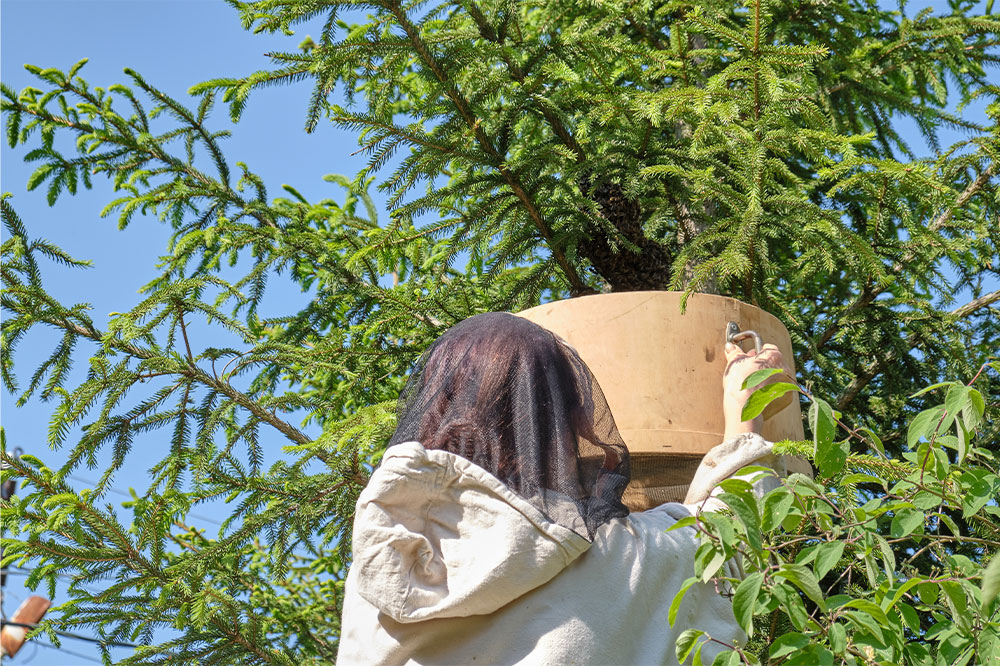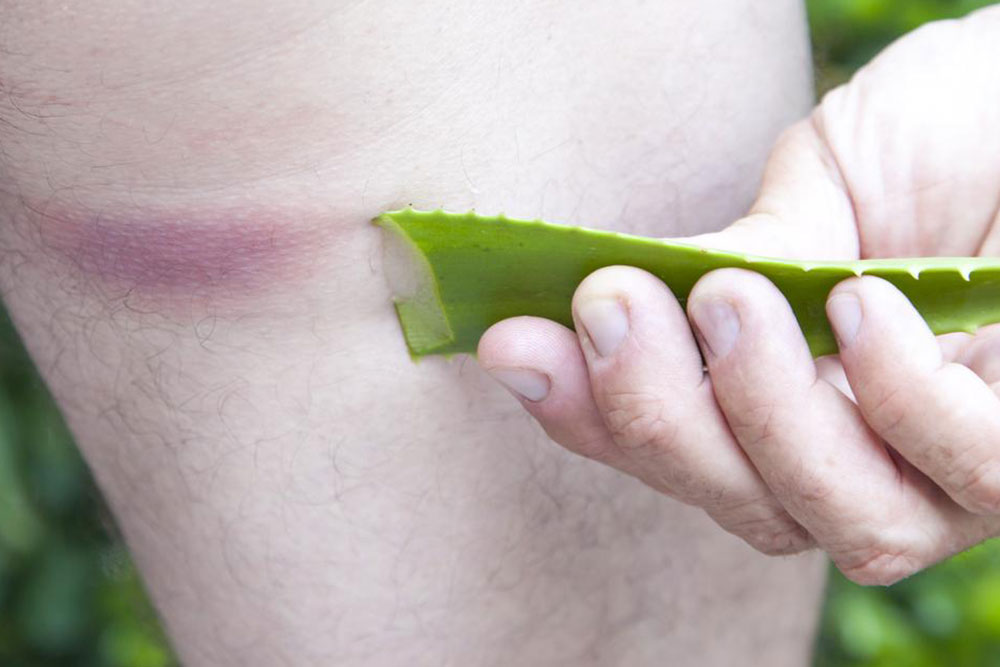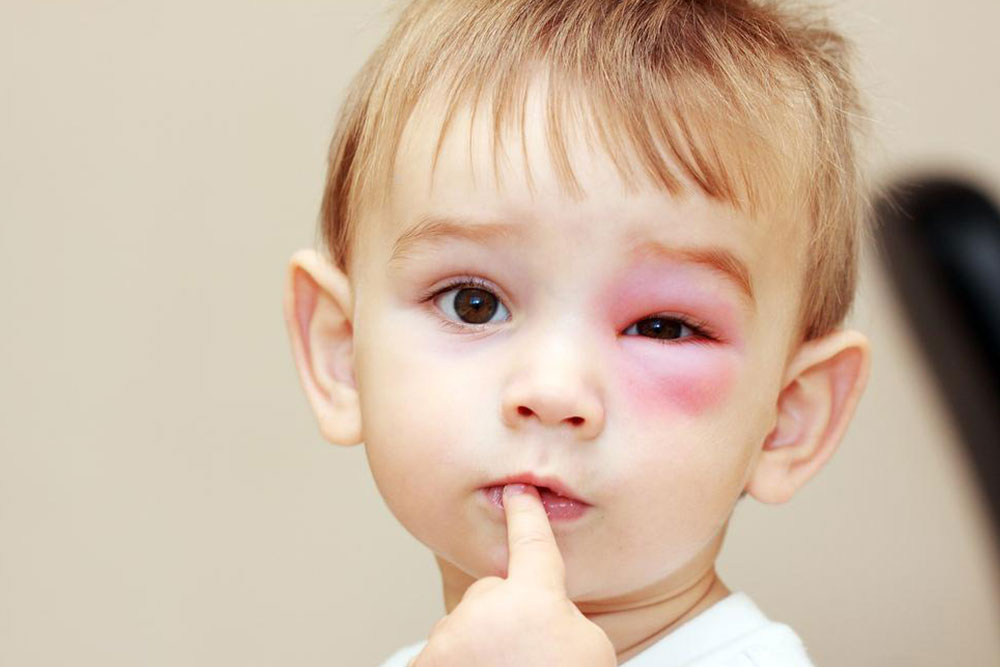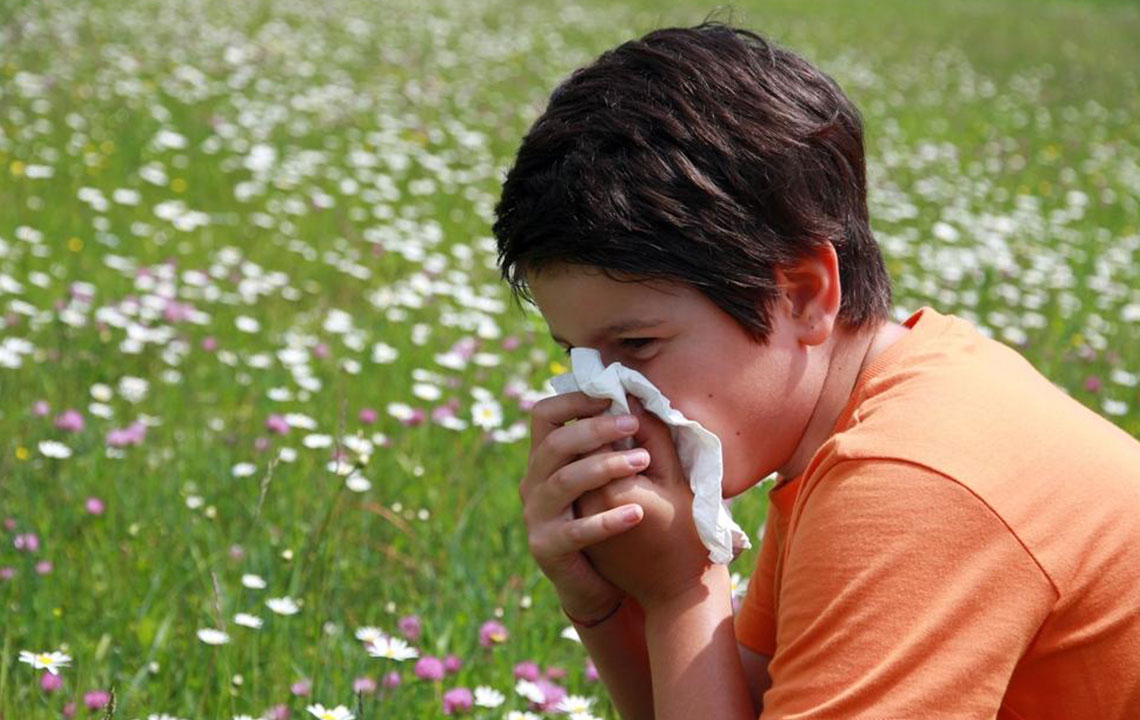Essential Guide to Safe Bee Hive Removal
Learn essential safety and preservation tips for bee hive removal. This guide covers precautions, locating professionals, and preventing future invasions. Handle bee nests responsibly and protect these vital pollinators while ensuring your safety. Expert advice helps you manage bee situations effectively without harming the environment or risking stings.
Sponsored

Although a beehive can be a fascinating natural sight, it becomes problematic when located inside wall spaces or in your yard. If you notice buzzing insects nearby, stay calm. Bees are not aggressive by nature and are simply searching for a new nesting place. They usually won't sting unless provoked. However, disturbing the hive can trigger defensive behavior from the bees.
Initial Safety Tips
While remaining calm is advised, professional bee nest removal can be safely performed without always needing pest control chemicals.
Follow these important precautions before contacting bee removal experts:
Maintain Distance
Keep children and pets away from the hive area to prevent accidental interference.
Skip Chemical Treatments
Avoid using pesticides or sprays. These can provoke aggressive behavior and harm the bee population, which is already declining. Whenever possible, opt for relocation instead of extermination.
Don’t Disturb the Bees
Refrain from hitting or throwing objects at the hive, as this may cause the bees to become defensive.
Locate Entry Points
Identify where the bees are entering your home, but avoid blocking these entrances prematurely, as it could cause them to flee into other areas.
Professional help is recommended for bee nest removal, especially if you're inexperienced. To find local beekeepers or removal services, consider the following tips:
Many beekeepers focus on honey bees rather than wasps and may provide free or affordable removal options. Send photos to confirm bee types before proceeding. If a beekeeper commits to help but the swarm leaves beforehand, inform them immediately to reschedule.
Local authorities or honey suppliers can often guide you to reputable removal services. Always inquire about fees, methods used, and whether the bees will be harmed. Some beekeepers may charge a service fee if the bees leave before arrival.
If direct contacts are unavailable, ask local farmers or visit nearby beekeeping supply stores for recommendations.
Prevent Future Bee Nestings
To reduce chances of repeat invasions, inspect your property regularly for potential entry points and seal them using expandable foam or other appropriate materials.
Repair any damaged or rotten wood, especially around floor joists, to eliminate possible cavities.
Using bee-repellent sprays briefly around your home can deter scout bees from scouting the area.
Clear clutter, fallen leaves, and old equipment from your yard, as these create attractive shelters for new hives. Also, remove any leftover honeycomb residues that emit pheromones inviting bees back.
Most bee swarms are temporary and leave on their own within a few days. If the hive is in an inaccessible spot, consider leaving it undisturbed or contacting professionals for assistance. Watching these natural architectural structures can be an awe-inspiring experience, so patience can sometimes be the best approach.





